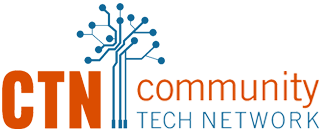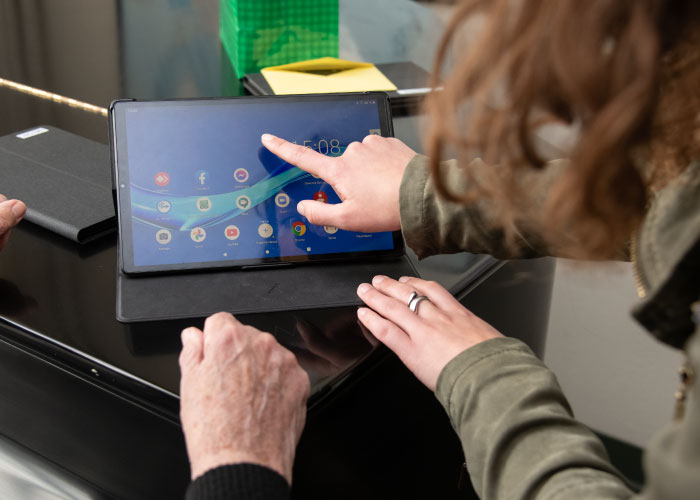“Individuals from marginalized communities that do not speak English as their primary language have to overcome two barriers — the digital literacy and the language one — to apply for and access the services that they need,” says Community Tech Network’s Josh Chan.
With this in mind, CTN strives to make its services as accessible and inclusive as possible so that no communities get left on the wrong side of the digital divide. We offer our services (both our digital skills training and our digitalLIFT curriculum offerings) in eight languages: Chinese (Cantonese and Mandarin dialects), English, Farsi, Korean, Russian, Spanish, Tagalog, and Vietnamese. We also take special steps to ensure that our non-English speakers receive culturally and linguistically appropriate services.
Our printed materials, such as promotional flyers, intake forms, and needs assessments, are all translated by native speakers and reviewed by editors. When possible, we try to include photos of individuals from the same culture.
Our digital literacy instructors themselves are fluent in the given languages. Having an instructor and a separate translator on-site is not ideal, as it disrupts the flow of classes and can limit the connection between teacher and learner. Currently, we have 18 bilingual digital literacy instructors on the CTN team.
When we purchase devices for learners, we make sure to configure them in advance in the appropriate language. Some devices do not support certain languages on display.
Some of our non-native English speakers actually prefer to keep their devices in English so that their children or grandchildren — who may only know how to read in English — can help them with the technology. Nevertheless, almost all of the learners want the ability to type in their own language, and most are delighted to learn that they can also use voice dictation in their first language.
We know that some learners are unable to read or write in any language. In such cases, we are able to point them to resources like Leamos, which teaches nonliterate Spanish speakers to read and write in Spanish.
We also offer other agencies digital literacy curriculums through our DigitalLIFT program. If they request a non-English curriculum, we ensure that any external websites referenced or screenshots contained in the curriculum are also in the given language.
While we are also looking for new and innovative ways to better serve non-English-speaking communities, the methods outlined above have greatly served us and our students over the years.


Comments are closed.